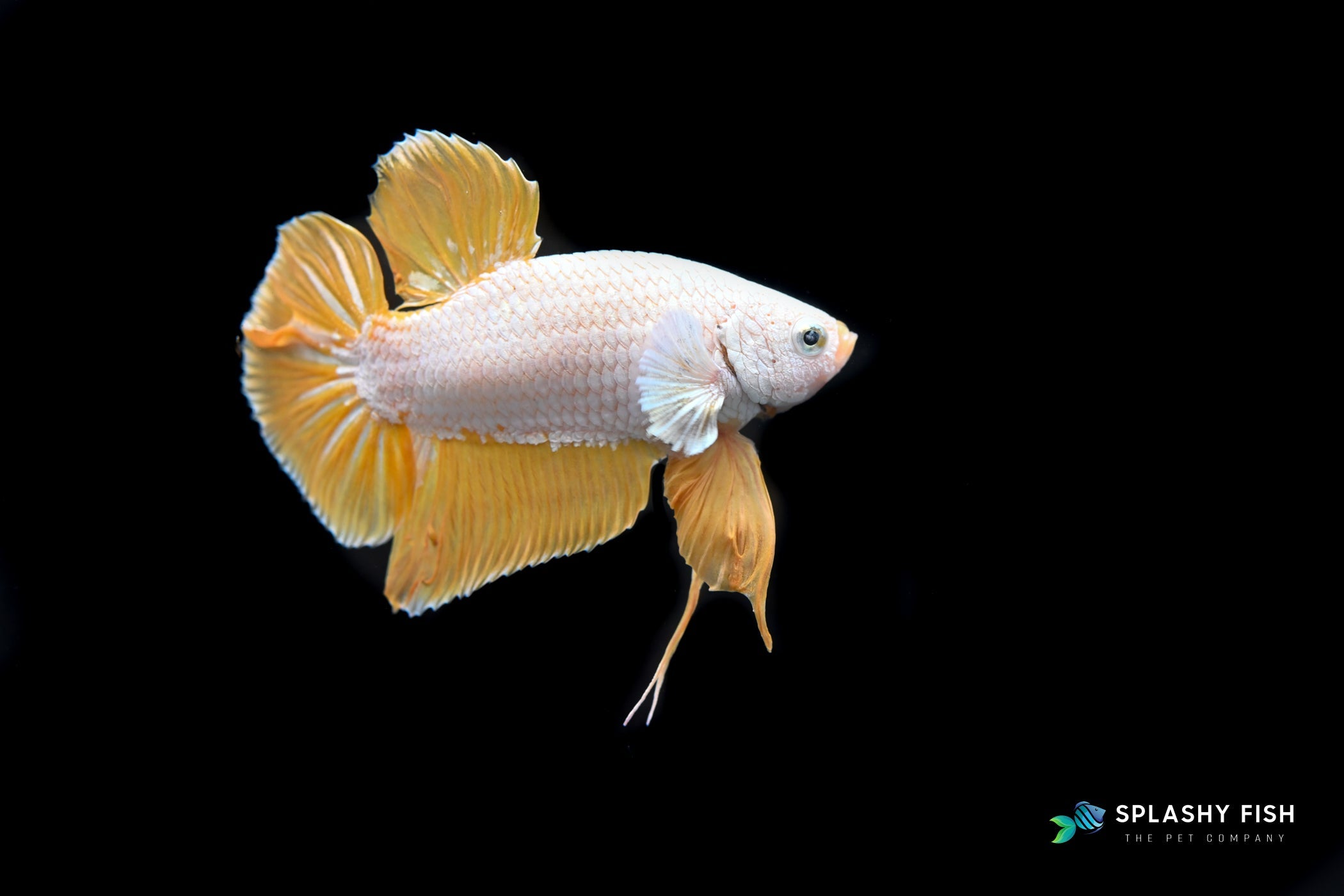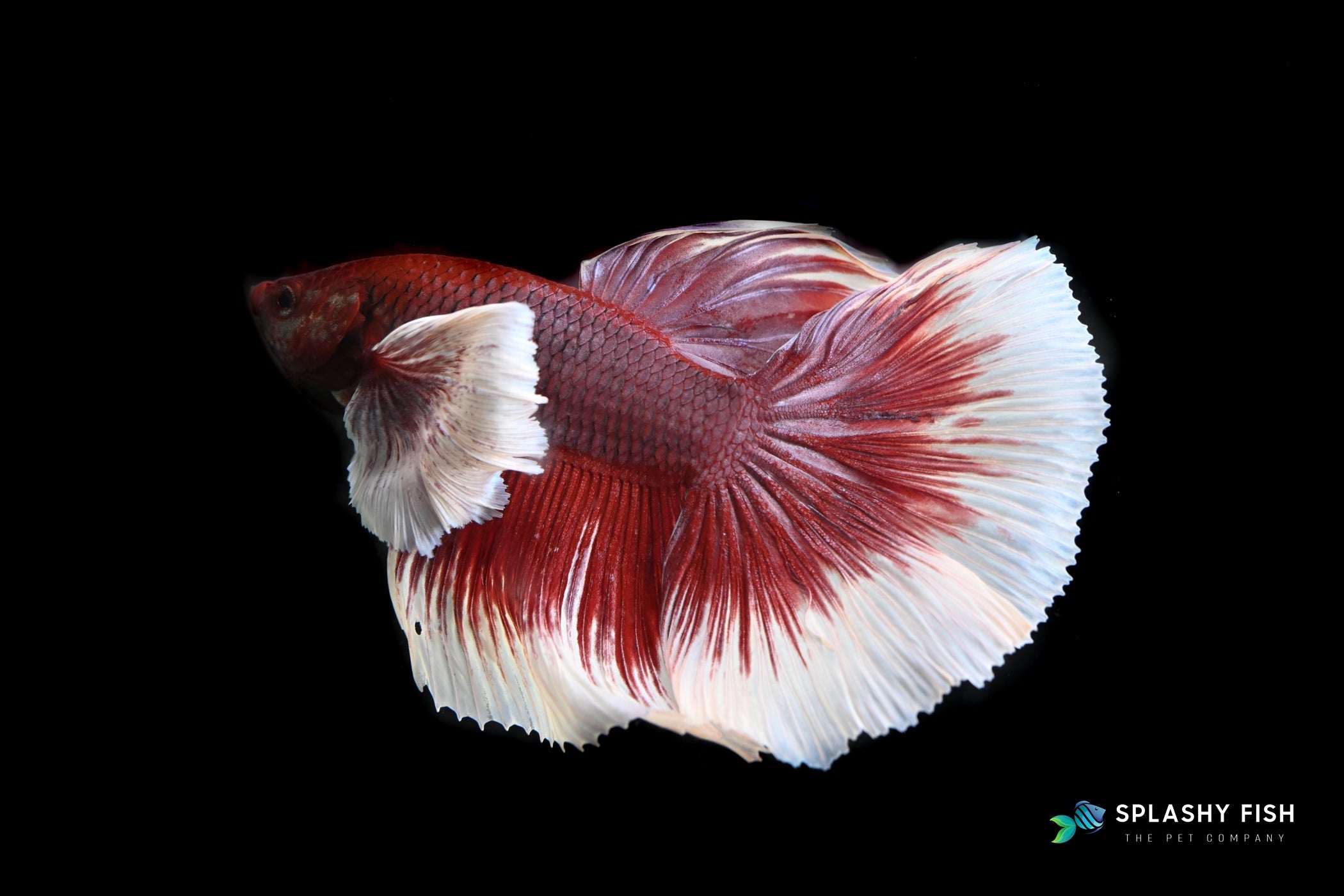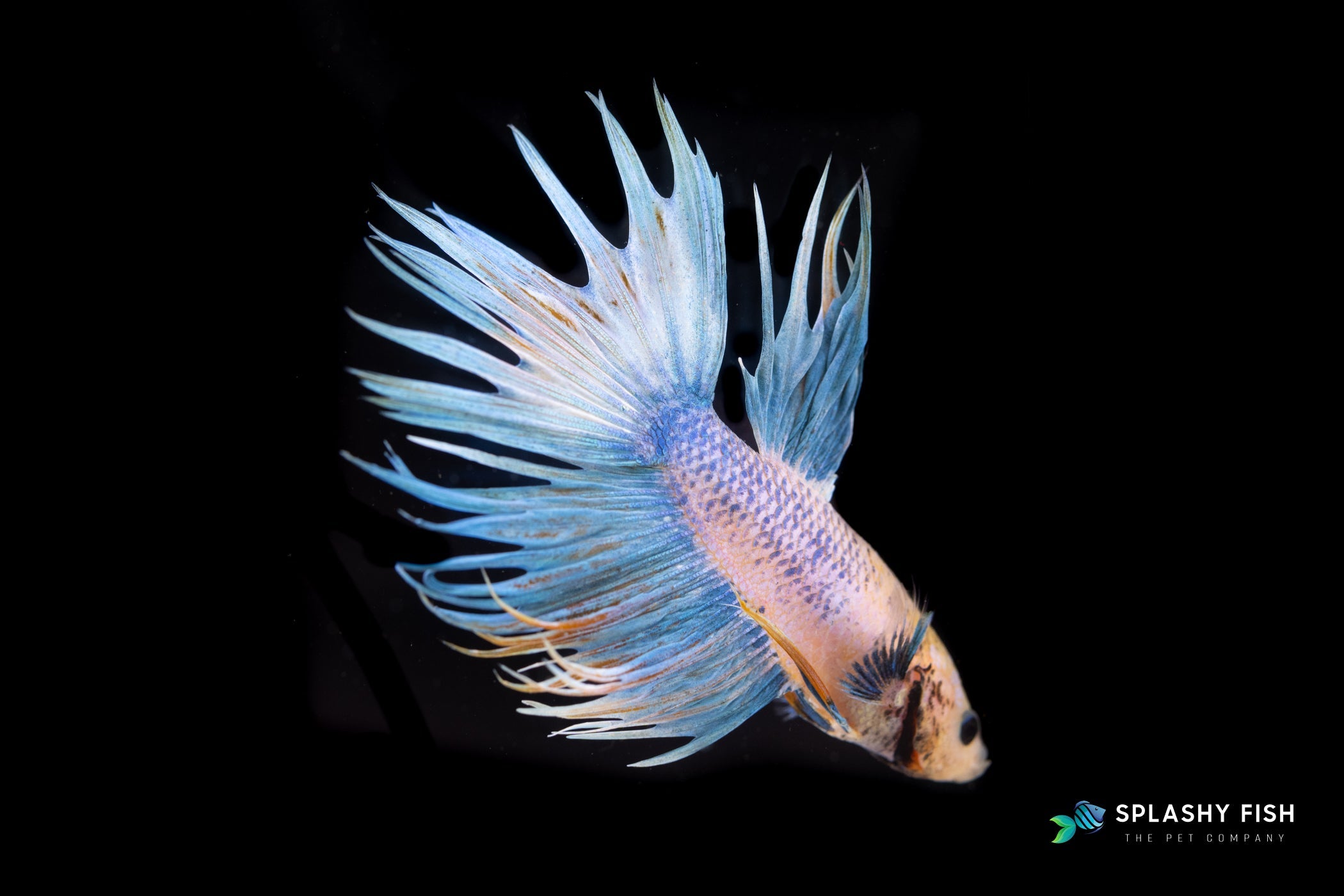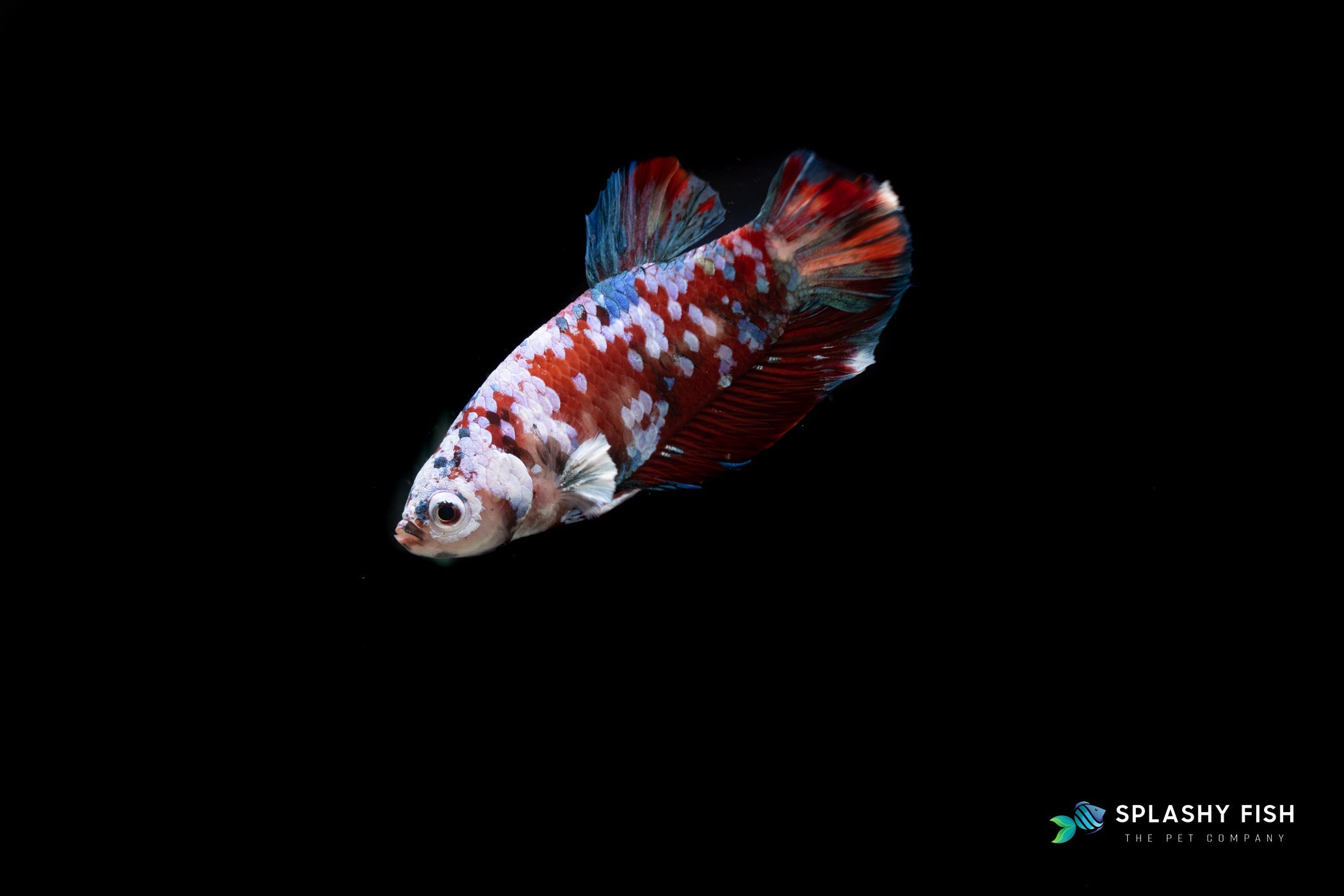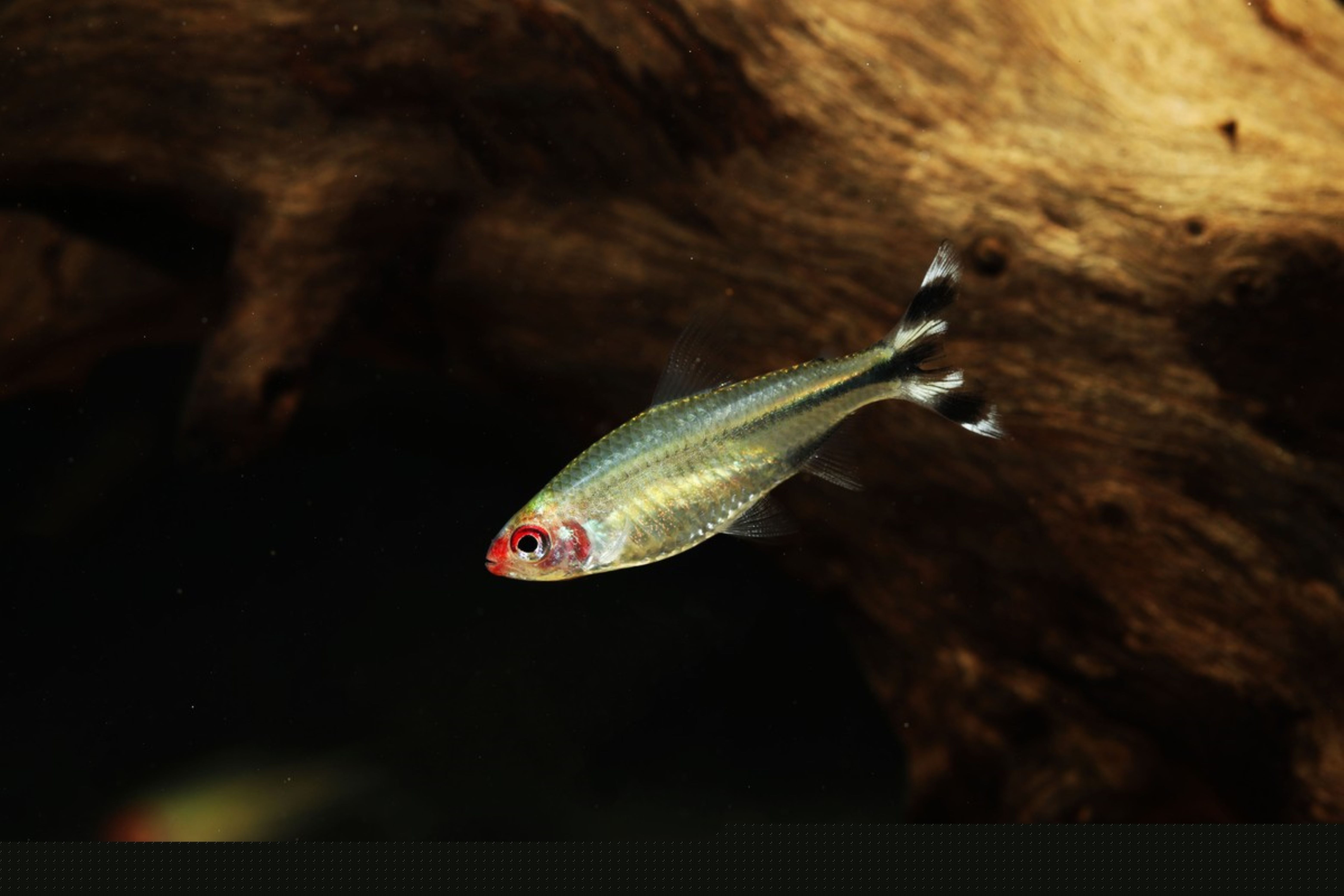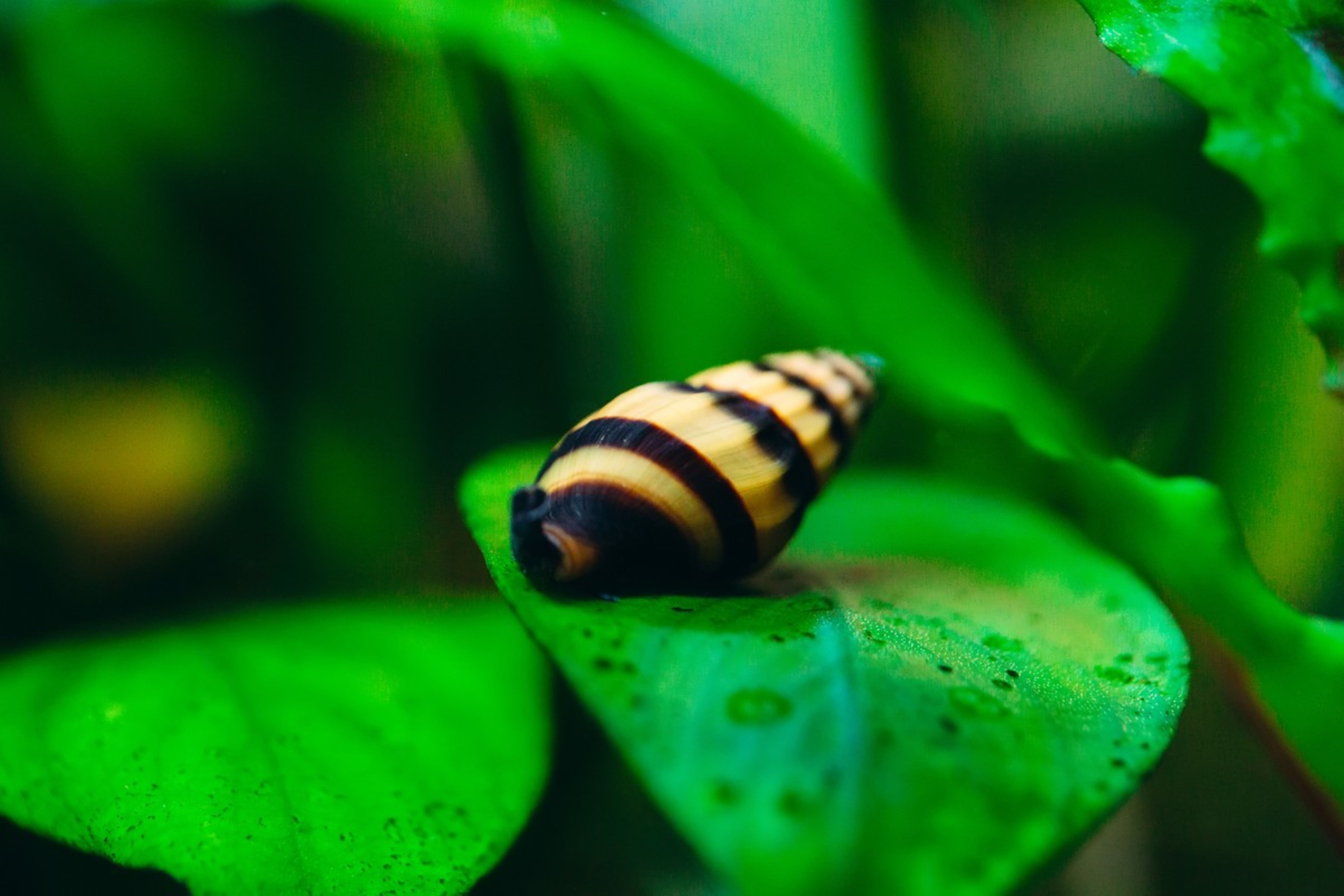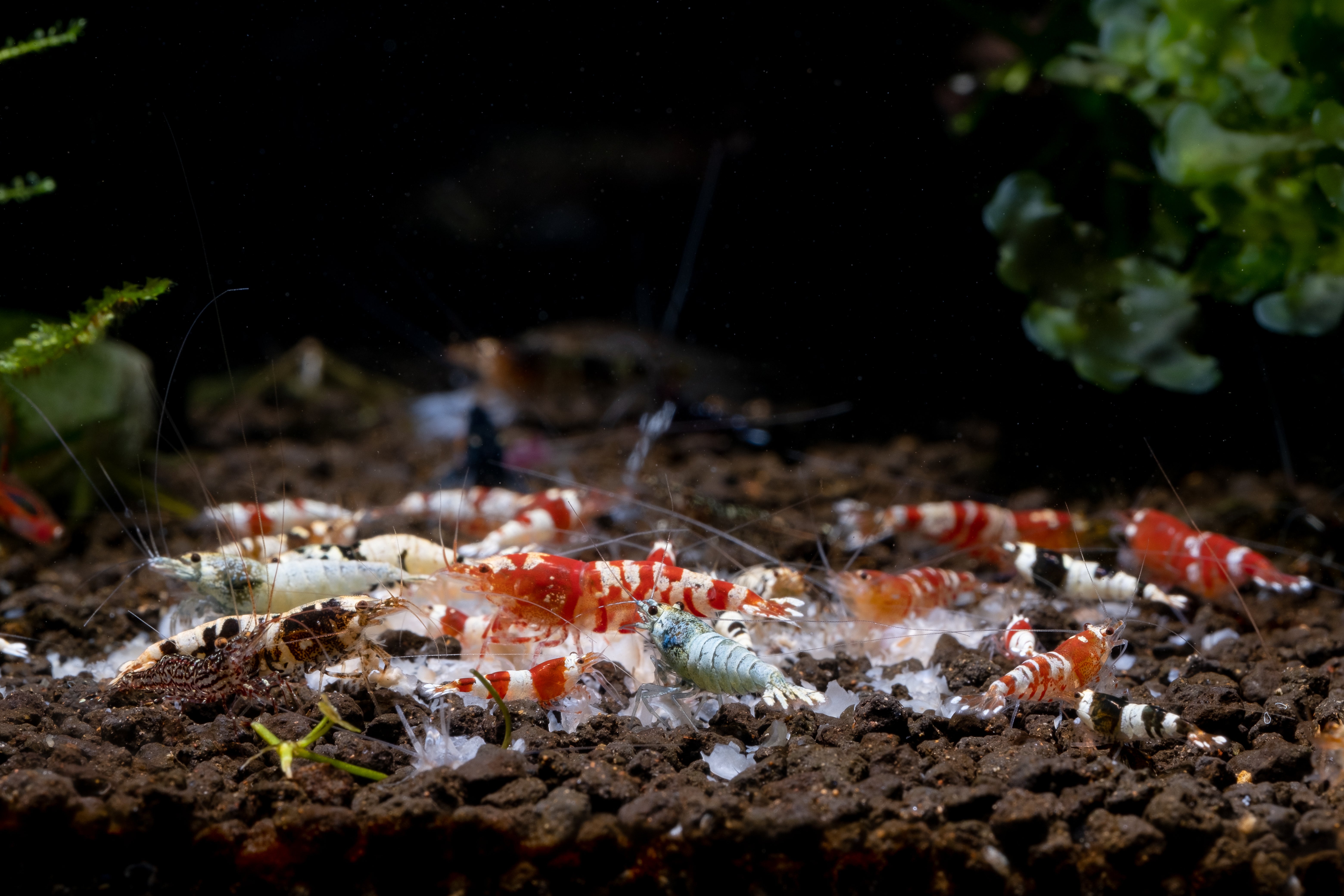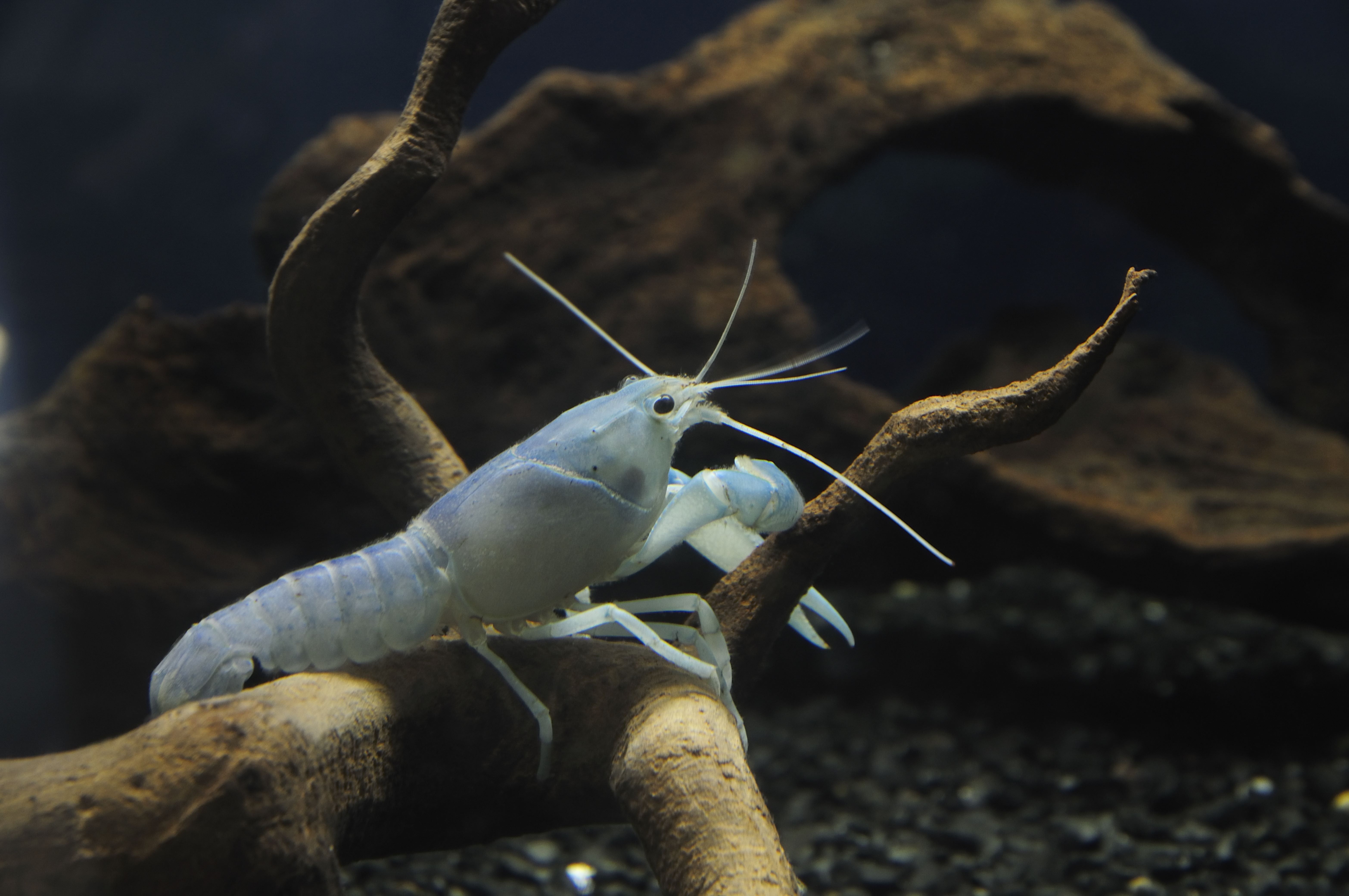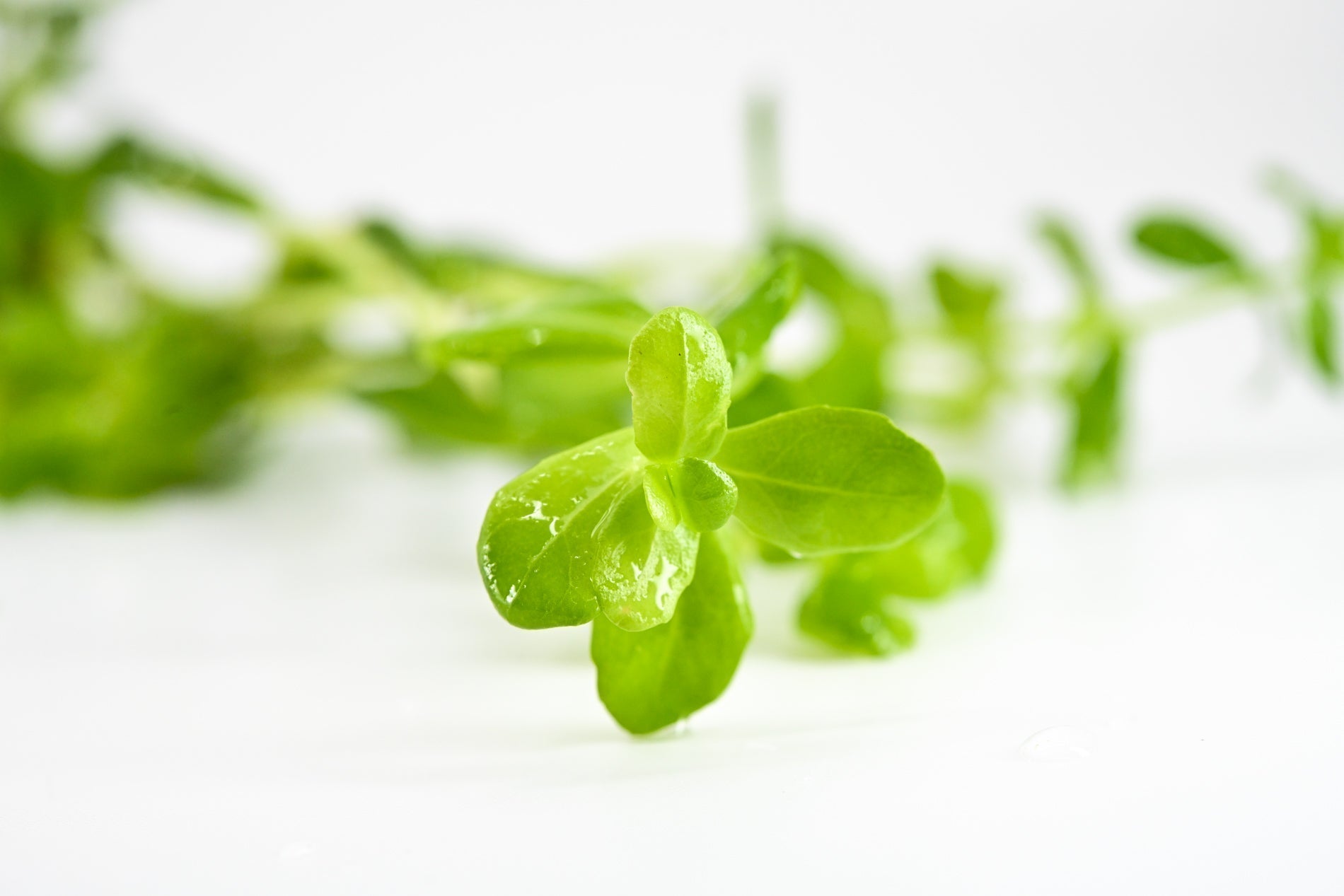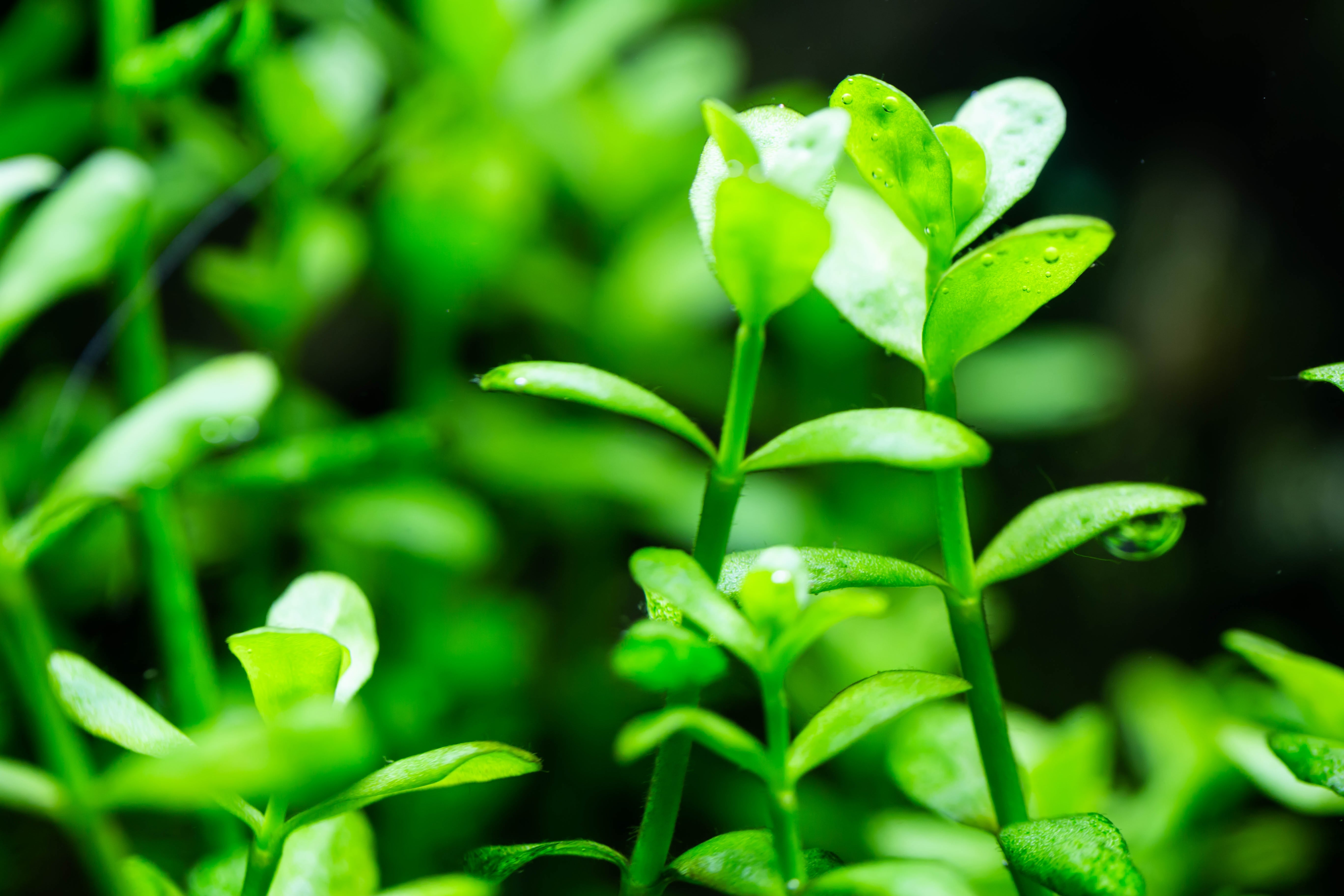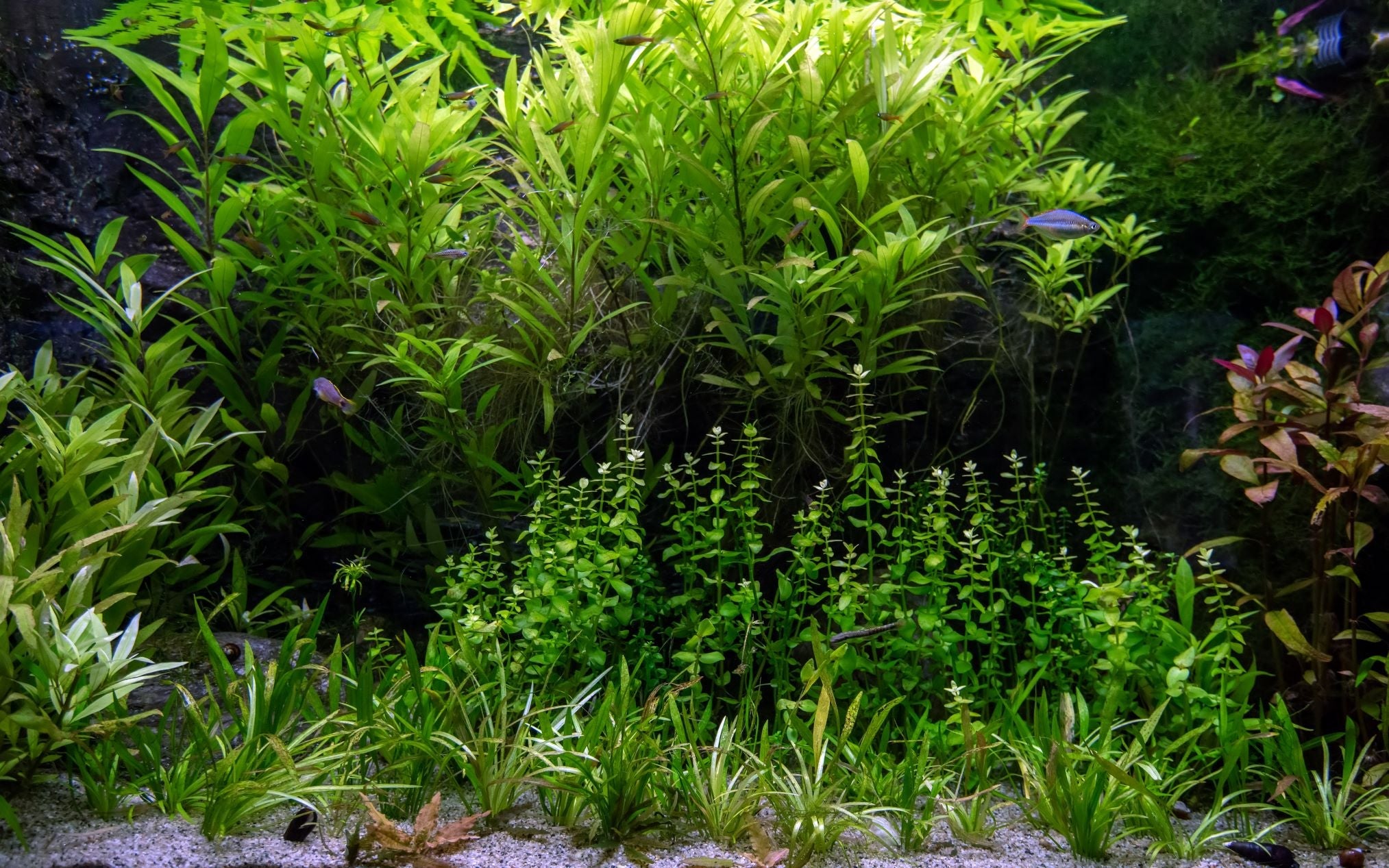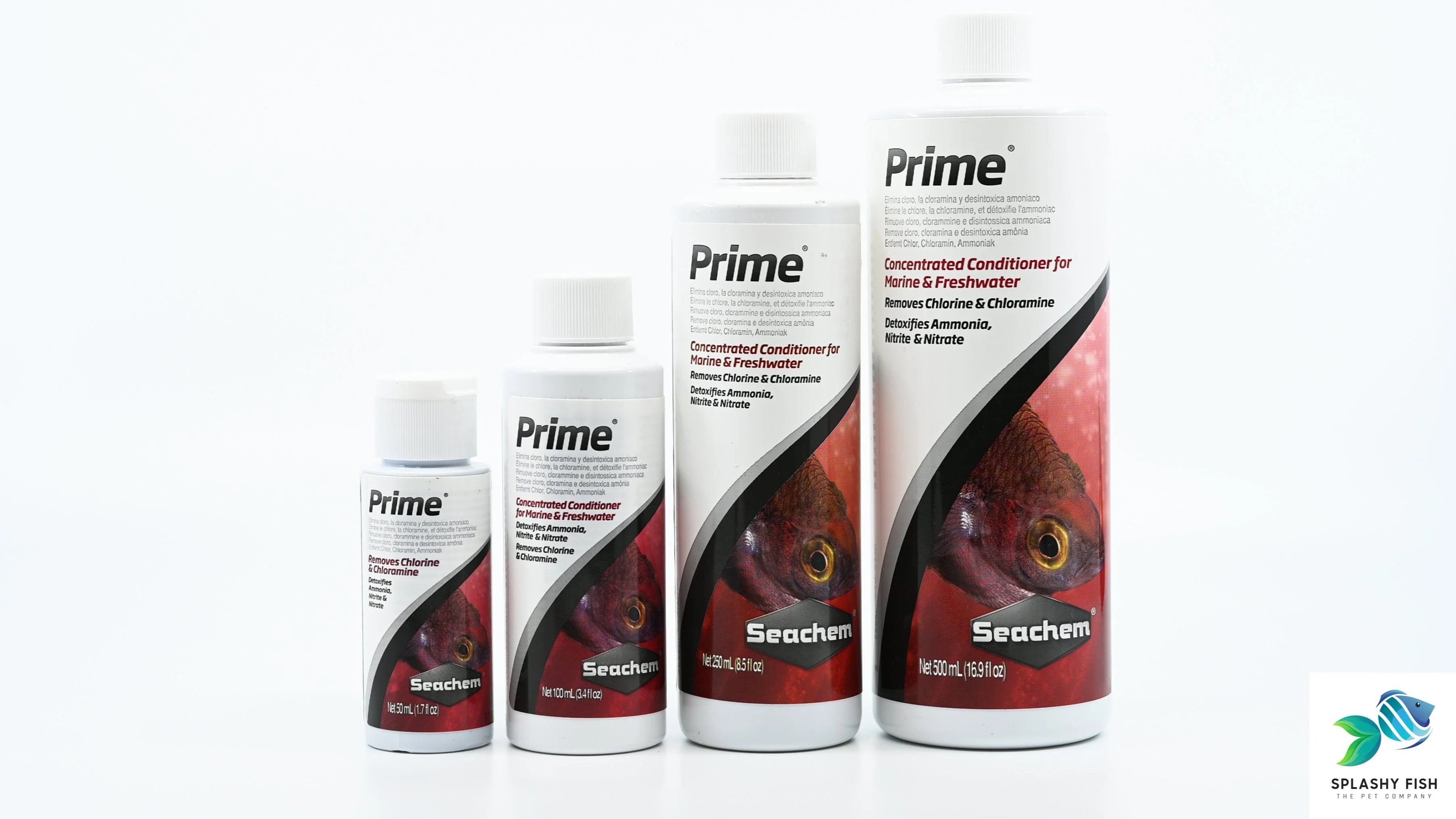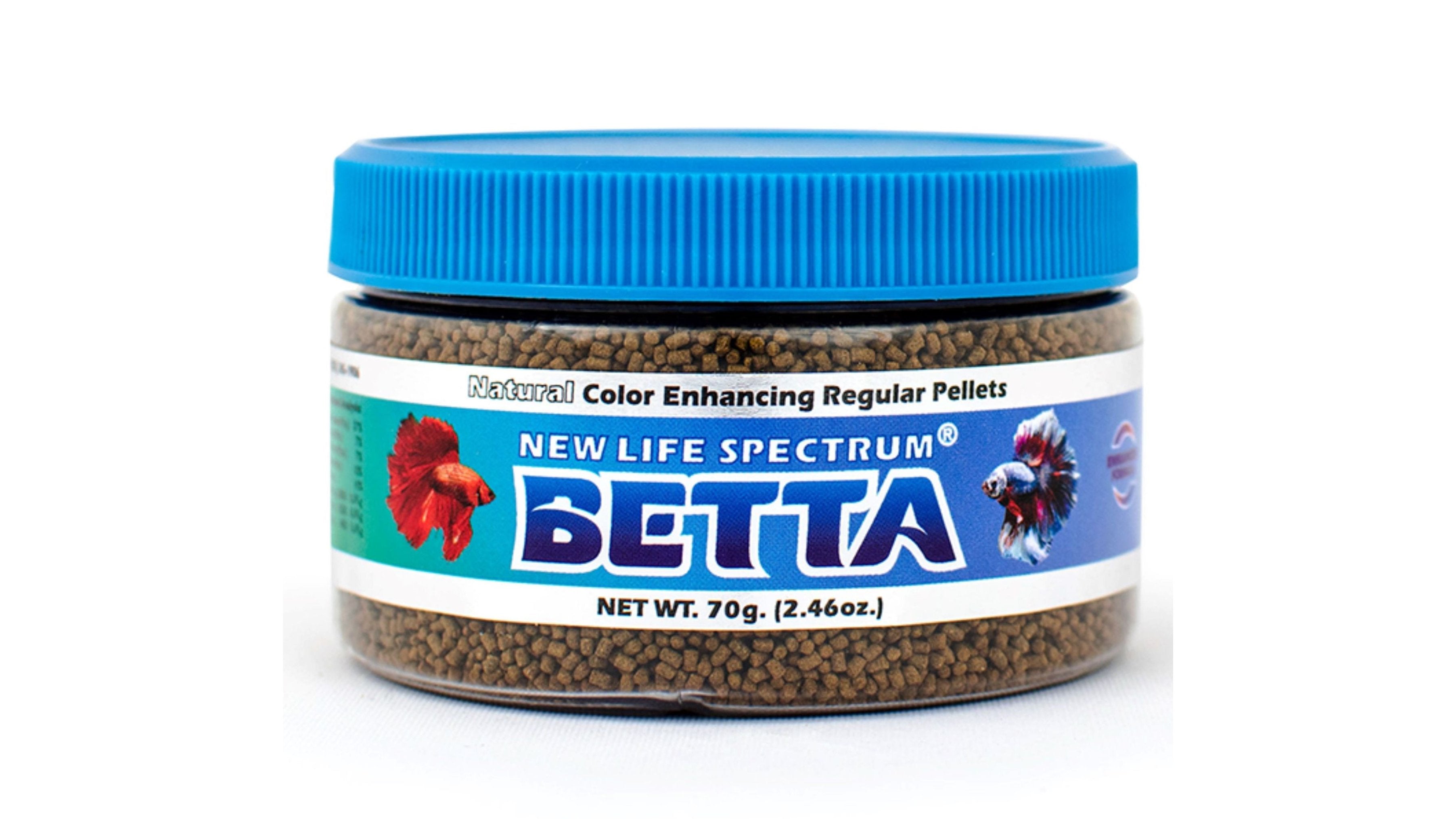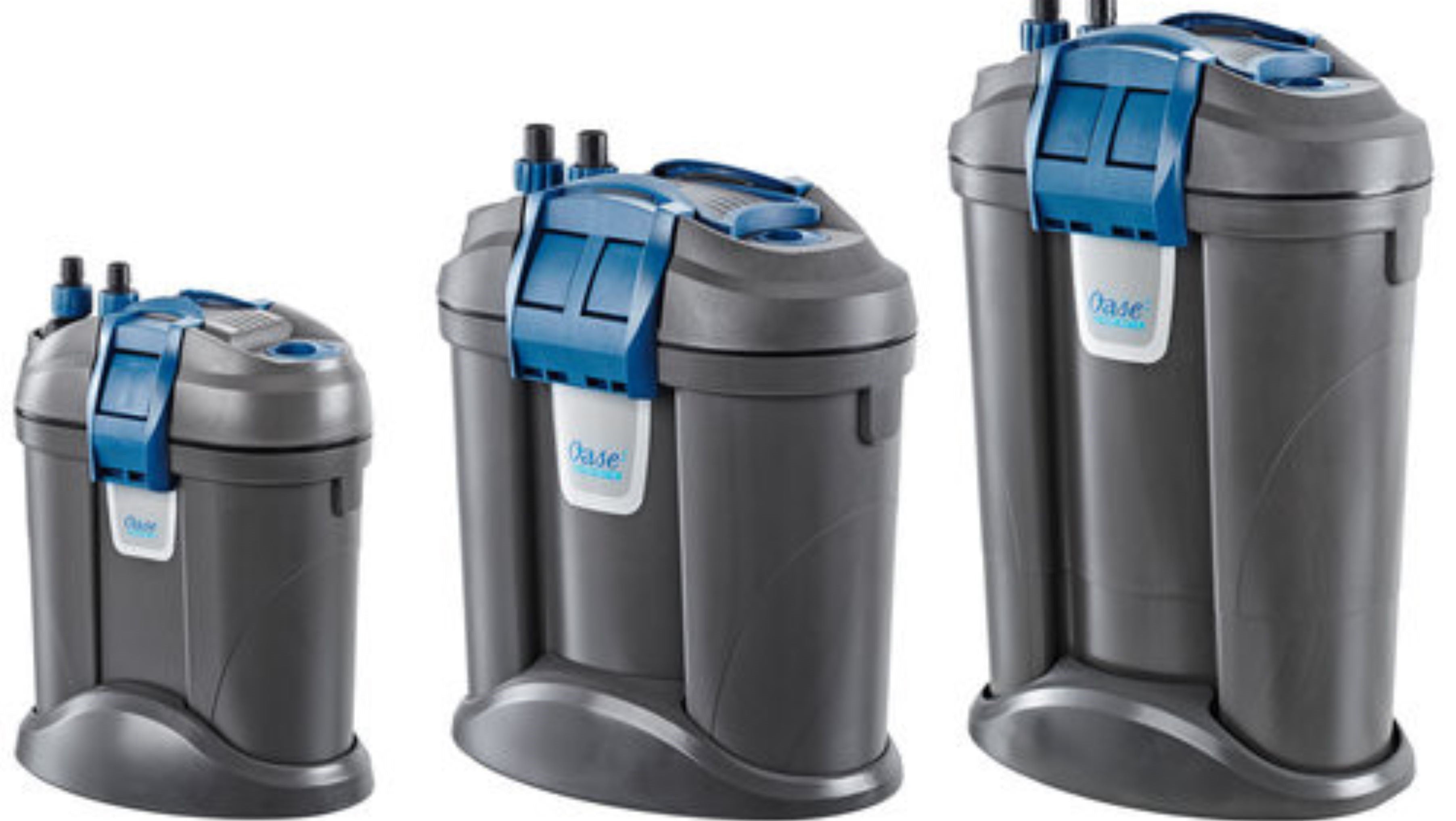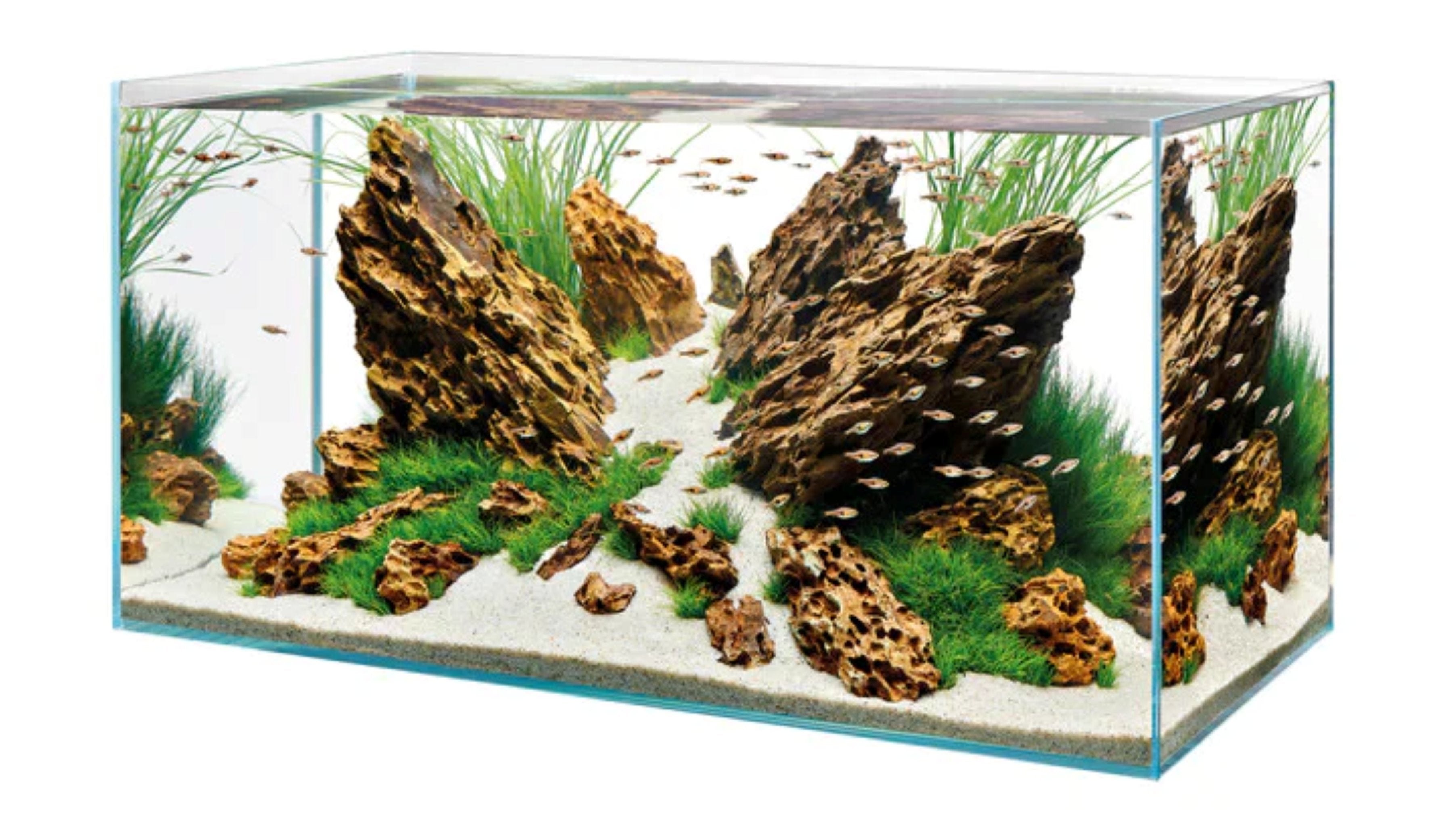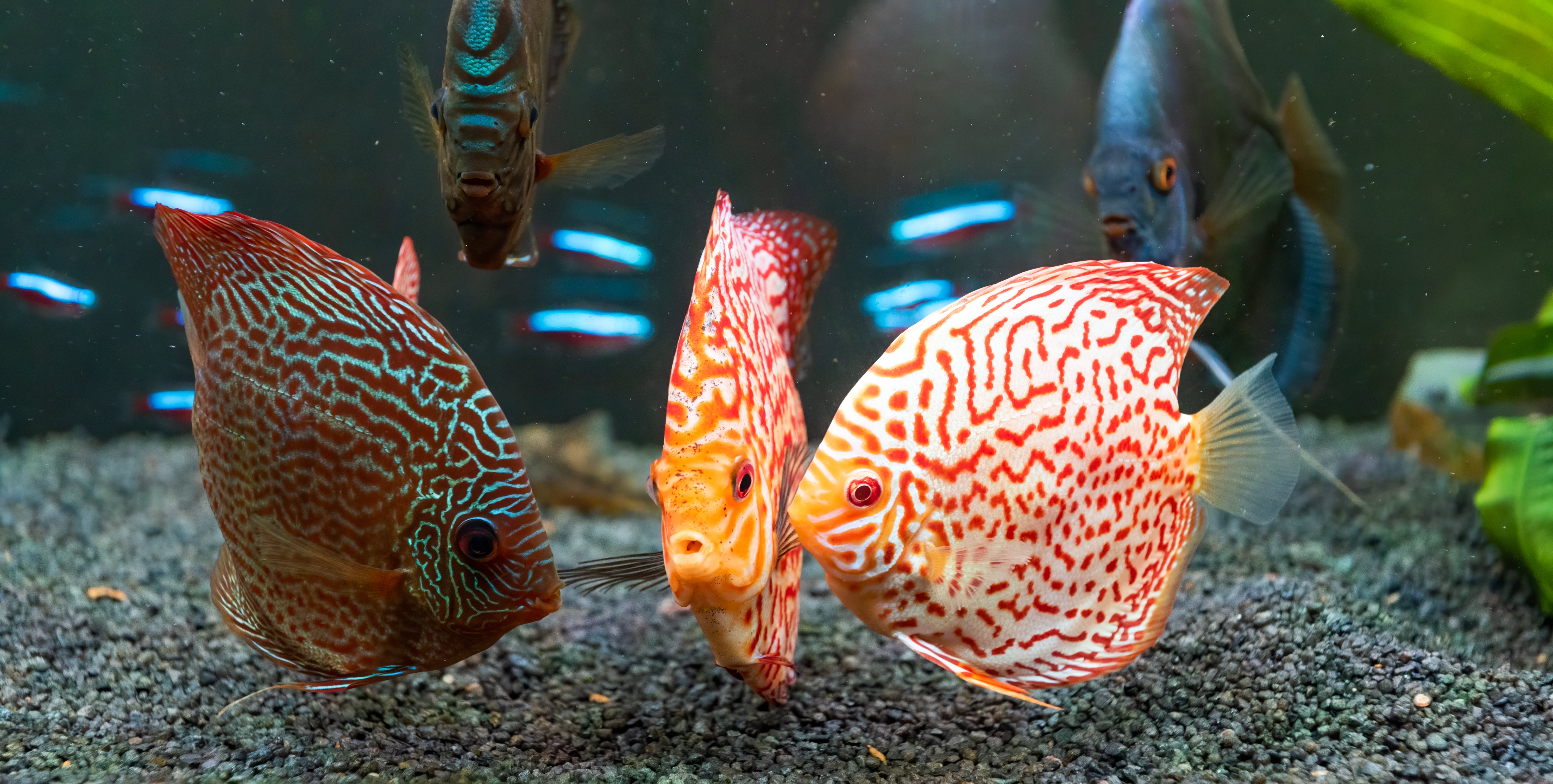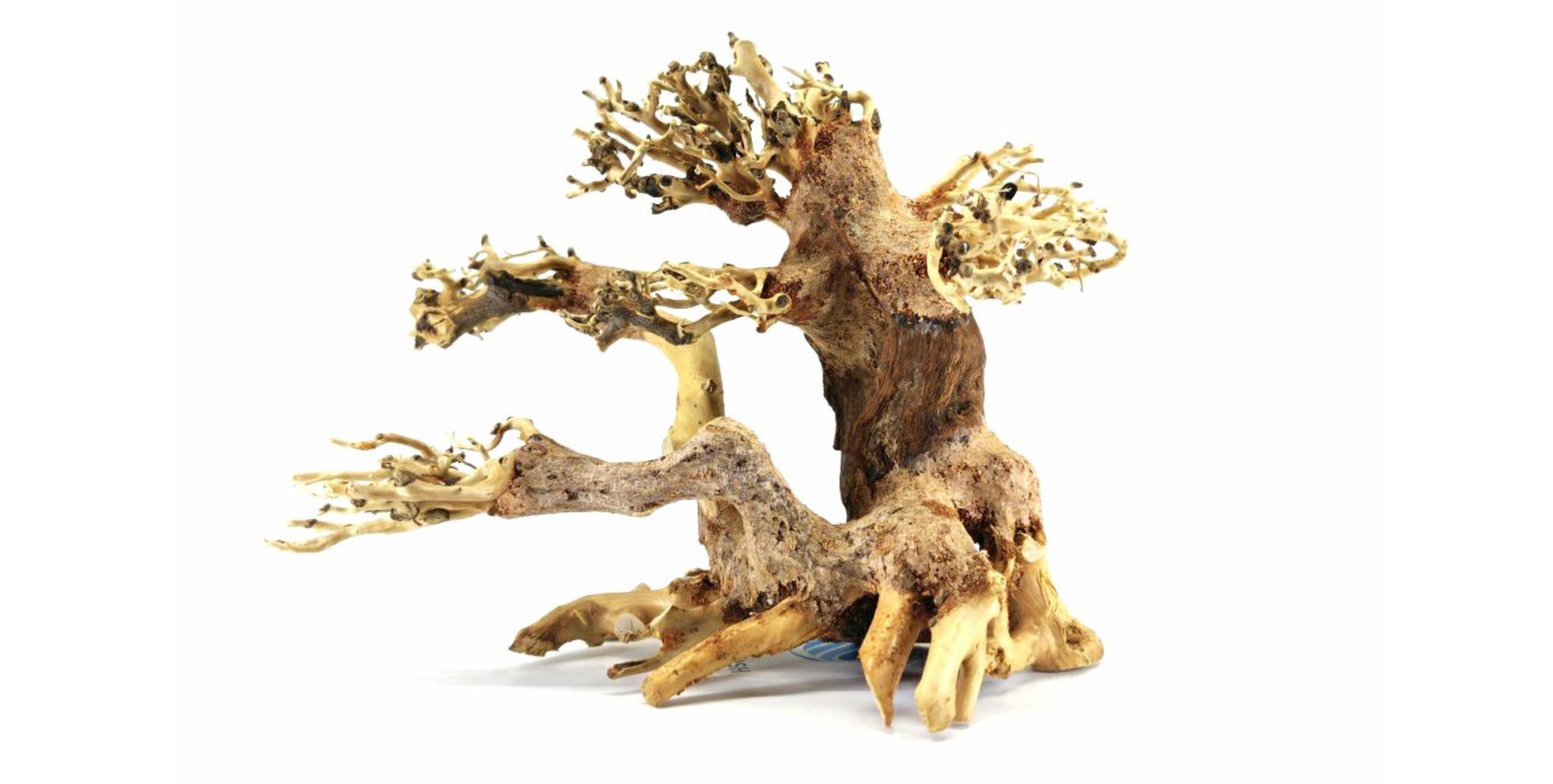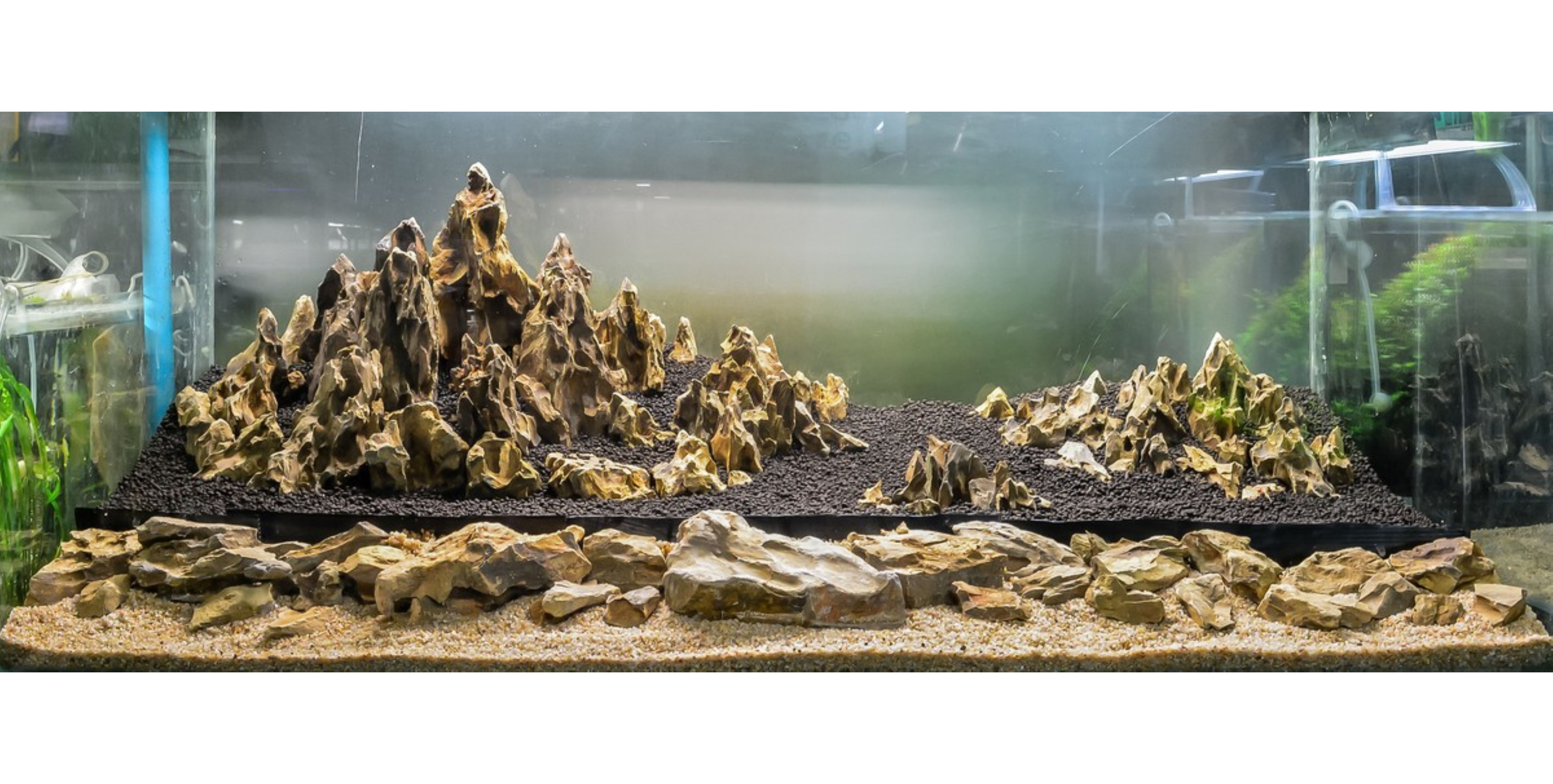Table of Contents
If you've ever ordered live aquarium plants and found tiny snails tagging along, you're not alone. At Splashy Fish Store, we intentionally keep snails with our live aquatic plants in the warehouse, and for good reason. Let's dive into why this is actually a benefit, not a problem, and what you can do if you prefer a snail-free tank.
Why Are There Snails on Live Aquarium Plants?
You might be surprised, or even slightly alarmed, when you find a tiny snail clinging to your newly arrived aquatic plant. But don’t worry, that little hitchhiker is more of a helper than a pest.
Snails Are a Natural (and Beneficial) Part of Aquatic Plant Systems
At Splashy Fish Store, we intentionally keep algae-eating snails in our aquatic plant holding systems before the plants are shipped to you. These snails aren’t just tolerated, they’re a key part of how we maintain the health and vitality of our live aquarium plants.
Here’s Why We Welcome Snails in Our Plant Tanks:
1. They Clean Algae from Leaves, Naturally
Algae is one of the biggest challenges when growing aquatic plants in a contained system. While we don’t use harsh chemicals to control algae, our freshwater snails work 24/7 as natural algae scrubbers. They gently graze on soft biofilm and algae, keeping the leaves clean and photosynthetically active.
2. They Help Maintain a Healthy Micro-Ecosystem
Snails are detritivores, meaning they feed on decaying organic matter like plant debris, leftover food, and microscopic waste. This helps prevent the build-up of organic waste in our plant tanks, supporting better water quality and reducing the chance of plant melt or rot.
3. They Contribute to Stronger, Healthier Plants
By keeping the leaves clean and the system balanced, snails help our plants stay in top shape. Clean leaves = more light absorption = stronger growth. Many of our customers comment on how lush and vibrant their plants are on arrival, and snails deserve part of the credit.
4. They’re Completely Plant-Safe
Unlike pest snails that chew on soft or dying leaves, the snails we work with do not harm healthy plant tissue. They graze only on surface growths like algae, biofilm, or dead leaf edges. Your plant leaves won’t be nibbled or damaged during their time with us.

Concerned About Unwanted Snails? Here's What You Can Do
While many hobbyists appreciate the cleaning role of snails, others prefer a completely snail-free tank, especially in aquascapes with a delicate balance or breeding setups. If you're concerned about introducing snails through live plants, don’t worry. There are three reliable methods to minimize or eliminate snails before planting your greens in the main aquarium.
1. Manual Inspection and Removal
The simplest and most cost-effective method is careful manual inspection.
Step-by-step:
- Lay out your newly received plant on a clean tray under good lighting.
- Examine both sides of each leaf, stem, and the root area for adult snails or their translucent egg clusters.
- Use tweezers to remove visible snails.
- A soft toothbrush or paintbrush can be used to gently brush off stubborn eggs from leaf surfaces or root crevices.
Tip: Snail eggs often appear as tiny, gelatinous clumps. They can be hard to see at first, so be thorough!
2. Quarantine Your Plants
If you want to be extra cautious, quarantining your plants is one of the most effective ways to ensure all snails and eggs are removed before they reach your display tank.
How it works:
- Place your plants in a separate quarantine tank or container with dechlorinated water, good light, and gentle circulation.
- Keep them there for 2 to 4 weeks.
- During this period, any hidden snail eggs will hatch.
- You can then manually remove the baby snails as they become visible.
Bonus: This also gives you time to monitor plants for potential hitchhiker pests like planaria or algae outbreaks.
3. Try a Plant Dip (Use With Caution)
Dipping your plants in a treatment solution can help dislodge or kill unwanted snails and eggs. However, not all dips are safe for all plant types, so it's important to test first.
Alum Dip (Most Popular)
- Mix: 3 tablespoons of alum powder (available at pharmacies or spice sections) per 1 gallon of water.
- Soak Duration: 2–3 days.
- Effectiveness: Works well against snails and eggs with minimal harm to most hardy plants.
- Post-soak: Rinse plants thoroughly with dechlorinated water before planting.
Salt Dip (Mild Option)
- Mix: 1 tablespoon aquarium salt per 1 quart of dechlorinated water.
- Soak Duration: 5–10 minutes.
- Caution: Some sensitive plants like Mosses, Ferns, or tissue culture varieties may not tolerate salt dips well.
Reverse Osmosis (RO) Rinse
- Method: Rinse your plants thoroughly under reverse osmosis water or dechlorinated tap water to wash away loose snails or eggs.
- Effectiveness: Safe for all plants, but limited in killing eggs or deeply embedded snails.
- Important: Always dip or treat one plant as a test case before treating your full batch. Some plants, like Anubias, Java Fern, or Bucephalandra, can be sensitive to long soaks or high concentrations.

Are Snails Really That Bad?
Not at all, snails are one of the most misunderstood members of the aquarium ecosystem. While some aquarists worry about overpopulation or unsightly appearances, the truth is that many types of snails offer valuable benefits to your tank when managed properly.
The Unsung Heroes of Your Aquarium
Small snail species such as:
- Ramshorn Snails
- Bladder Snails
- Malaysian Trumpet Snails
...are incredibly effective at performing cleanup duties in your tank.
Here’s what they contribute:
- Algae Control: These snails graze on soft algae growing on glass, decorations, and plant surfaces, reducing the need for manual scrubbing.
- Detritus Breakdown: They consume uneaten food, fish waste, and decaying plant matter, which helps stabilize your water parameters and reduce ammonia spikes.
- Aerating Substrate: Malaysian Trumpet Snails, in particular, burrow into gravel or sand, preventing gas pockets and keeping your substrate healthy.
When Can Snails Become a Problem?
The downside? If left unchecked in tanks with excess nutrients or overfeeding, snail populations can explode. Most freshwater snails reproduce quickly, and before you know it, your glass might be covered with tiny new arrivals.
But here’s the key: Snail population is a reflection of your tank’s balance.
- If you feed just the right amount…
- Perform regular water changes…
- And clean up decaying organics…
Then your snail population will self-regulate and remain in harmony with the rest of your aquarium life.
Best Aquarium Plants to Keep with Snails
1. Java Fern (Microsorum pteropus)
One of the most snail-friendly aquatic plants in the hobby, Java Fern has tough, leathery leaves that most snails won’t nibble. It thrives in low to moderate light and attaches to driftwood or rocks, making it perfect for planted tanks with Ramshorn or Bladder Snails that graze without causing damage.
2. Anubias
With its broad, hardy leaves and slow growth rate, Anubias, such as Anubias Nana or Anubias barteri, is another ideal plant for tanks with snails. Snails help gently clean algae and biofilm off the leaf surfaces, which actually helps the plant absorb more light. Plus, its rhizome structure keeps it anchored above the substrate, reducing the risk of rot.
3. Amazon Sword (Echinodorus grisebachii)
This popular background plant works well with Malaysian Trumpet Snails, which burrow through the substrate and improve root oxygenation. The Amazon Sword plant’s large leaves are too thick for most snails to harm, but are perfect for algae-grazing.
4. Cryptocoryne Species
Cryptocoryne or Crypts are slow growers with strong leaves that can handle mild grazing. When paired with a healthy snail population, crypts benefit from cleaner leaves and a more oxygenated root zone, especially in tanks with trumpet snails that stir the substrate.
5. Hornwort (Ceratophyllum demersum)
A fast-growing, floating plant like Hornwort is great for nutrient absorption and algae competition. While snails won’t eat Hornwort, they often rest on its dense foliage. It also helps absorb excess nutrients that would otherwise fuel algae blooms.
6. Bucephalandra
Another rhizome-based favorite, Bucephalandra, pairs beautifully with nano snails like Bladder Snails. They help remove soft algae growth from the plant’s textured leaves, keeping it visually appealing and photosynthetically efficient.
Final Thoughts
Aquarium plants can come with snails, but that’s not always a negative. At Splashy Fish, we believe in promoting natural, balanced tank ecosystems, even before the plants arrive at your door. Snails help us do that.
If you’d prefer to avoid them, a few extra steps like quarantining or aquatic plant dips can go a long way. But for many hobbyists, these little algae munchers turn out to be more helpful than harmful.


